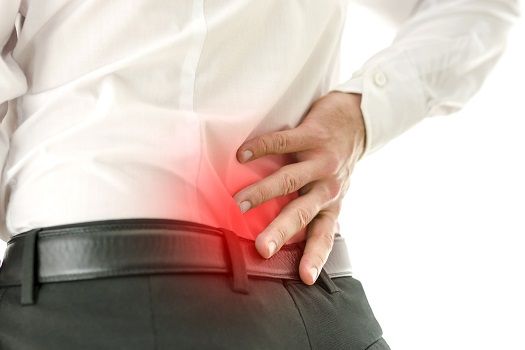Article
Acute Low Back Pain Does Not Call for Opioids
Author(s):
It may seem like opioids could be a “quick fix†for acute low back pain, but introducing the drugs early on increases the risk for dependency and addiction.

It may seem like opioids could be a “quick fix” for acute low back pain, but introducing the drugs early on increases the risk for dependency and addiction.
During a presentation at PAINWeek 2016 in Las Vegas, Nevada, Alexis LaPietra, DO, medical director of pain management in the emergency department at St. Joseph’s Regional Medical Center, talked about new (and possibly underused) forms of therapy for low back pain.
“Opioids should really not be the first line for acute back pain” LaPietra said during the presentation. One of the top, if not the top, reason is due to the expanding opioid epidemic. A 2016 study found that 29% of patients end up using opioids long-term, and finding effective alternatives to prescription drugs is one way to counteract it.
Nonsteroidal anti-inflammatory drugs (NSAIDs) include drugs like aspirin and ibuprofen and work better with acetaminophen 1000 mg. But the “analgesic ceiling” for NSAIDs is 400mg per dose or 1200 mg per day. So using them in combination with acetaminophen is beneficial, but so is combining them with a topical.
Topical treatments seem to be one of those underused methods of pain management. “I think especially in the emergency room we forget about the skin” LaPietra said. But Lidoderm patches have proven to help subacute and chronic low back all with mild skin irritation and a 1% to 2% stomach absorption. Diclofenac gel improves pain associated with chronic knee osteoarthritis and acute musculoskeletal injuries, studies show.
- MD Magazine is on Facebook, Twitter, Instagram, and LinkedIn!
Myofascial pain syndrome (MPS) — hyperirritable areas of skeletal muscles – is accompanied by trigger points and problems like tension headache, tinnitus, temporomandibular joint pain, and torticollis. These patients don’t require opioids to relieve their pain, it becomes a matter of forcing the muscle to relax. So once a physician finds a trigger spot in the back, “You have to break up each section of the muscle spasm” LaPietra explained. These trigger point injections can be done with minimum equipment and in nearly any setting. LaPietra went on to say that in her experience, patients are very happy with the quick pain relief and it typically lasts weeks. That being said, some patients may need to come back for additional injections.
Dry needling is as efficacious in relieving trigger point pain as compared to adding local anesthetic, normal saline, steroids, or botulinum toxin A, LaPietra said. Local anesthetic may decrease the soreness of dry needling, but studies have shown that these additional things don’t really help — except for lidocaine.
In one case LaPietra experienced, a 57-year-old male presented at the emergency department with two days of acute low back pain after moving a sofa. He reported a history of chronic low back pain that was “under control.” The patient got ibuprofen 400 mg and acetaminophen 1000 mg. He also received a trigger point injection in the lumbar paraspinal muscle on the left. His pain was significantly improved.
The take home message here is that most acute low back pain does not require opioids. It’s important to keep in mind that once that opioids box is open, it’s not easy to steer patients away from it.
Also on MD Magazine >>> More News from PAINWeek 2016 in Las Vegas





